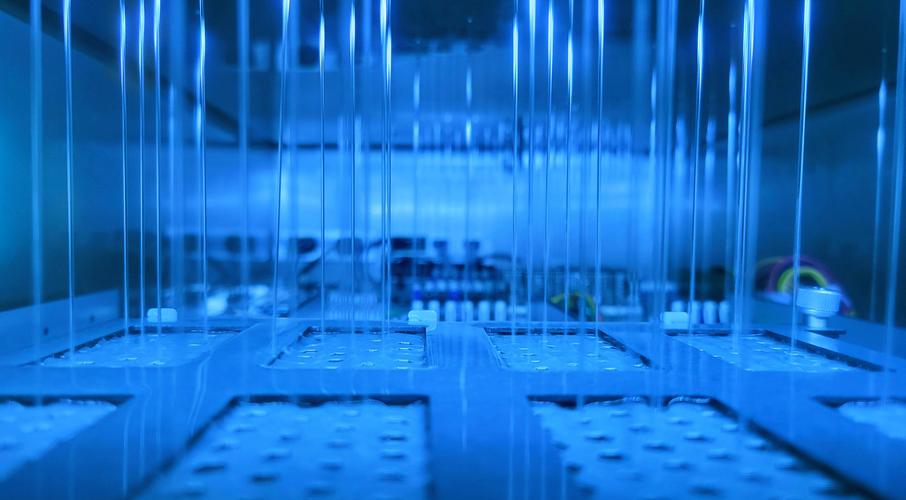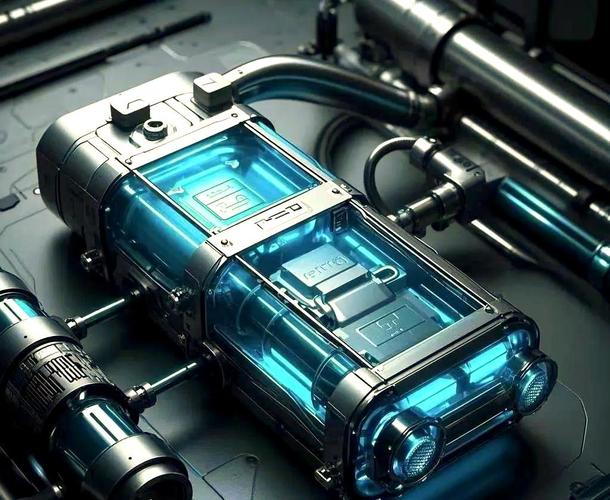Liquid Cooling Ushers in a New Era for AI Data Centres
The rise in computing power brings not only leaps in performance but also an "invisible challenge": heat dissipation. With the advent of next-generation AI servers, traditional air-cooling systems are increasingly reaching their limits, making liquid cooling a key driver for data centre upgrades. Power consumption in these new AI servers can skyrocket, with a single rack consuming tens of kilowatts- far beyond what conventional air-cooling can handle. Imagine a rack as a fully fired-up electric furnace; ordinary fans and air conditioners can no longer cope, heat accumulates rapidly, and if uncontrolled, performance can drop sharply or even damage hardware.

It is in this context that liquid cooling technology has emerged. Compared to traditional air cooling, liquid cooling is far more efficient at removing heat, acting like an internal river of ice that directly absorbs and swiftly carries away the heat from the "furnace."
The development of liquid cooling has been phased. Initially, it was applied only in small pilot projects due to limitations in existing data centre infrastructure and the high costs and engineering complexity. However, as Al server density rises and power consumption escalates, this once "experimental" solution is rapidly transitioning toward large-scale deployment. In the coming years, liquid cooling is expected to become mainstream worldwide, providing the essential thermal management for AI
data centres.
Currently, liquid cooling comes in two main types: liquid-to-air (L2A) and liquid-to-liquid (L2L). L2A, combining liquid and air, is technologically mature and compatible with existing infrastructure, making it a short-term transitional solution. L2L, which directly exchanges heat between liquids, is renowned for its high efficiency and stability, and with next-generation data centres coming online, it is poised to become the long-term solution. To visualise the difference: L2A is like pouring a basin of cold water over a furnace-removing surface heat instantly but leaving the interior extremely hot; L2L is like installing a circulating ice river that continuously and deeply extracts heat from within, keeping the entire system cool and stable. As Al chip power and rack density continue to rise, L2L will gradually replace L2A, becoming the standard configuration for future data centres.

The efficiency of a liquid-cooling system depends on two key components: the cold plate and the coolant distribution unit (CDU). The cold plate, in direct contact with the chip, transfers heat quickly to the liquid and serves as the "heart" of the system. Leading suppliers include Cooler Master, AVC, BOYD, and Auras, with some expanding production in Southeast Asia to meet the surging global demand for liquid-cooling solutions. The CDU acts as the system's "circulatory pump,” regulating coolant flow and temperature. Sidecar-style CDUs, mainly supplied by Delta, dominate the market and suit most rack scenarios; row-style CDUs, provided by Vertix and BOYD, are designed for high-density Al racks and offer even greater cooling capacity. As rack density and power consumption continue to increase, demand for high-performance CDUs is expected to grow steadily.
The rise of liquid cooling is not only a natural response to thermal management needs but also a driver of the supporting industry chain. From cold plates and CDUs to heat exchangers and liquid piping, each component creates new market opportunities. As global data centres accelerate the transition to liquid cooling, demand for these critical parts is surging. Furthermore, liquid cooling improves energy efficiency: compared to conventional air-cooling, it achieves higher performance with lower energy consumption, reducing the load on cooling systems— a crucial advantage for cloud service providers aiming for green and sustainable operations.

In summary, the application of liquid cooling in AI data centres is moving from early exploration to mainstream deployment. With high-power servers coming online, cloud providers expanding data centres, and L2L technology maturing, liquid cooling is set to become the standard solution for future AI data centres.
(Writer:Wanny)





